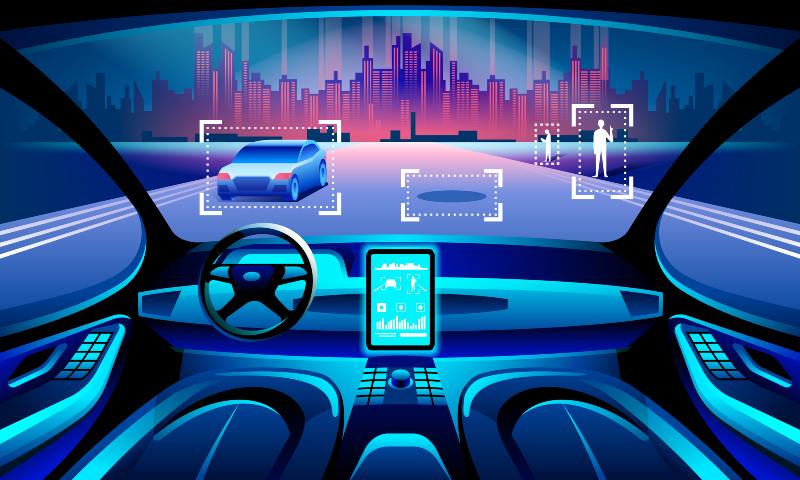Autonomous vehicles, or self-driving cars, have recently begun testing in major cities, namely San Francisco and Phoenix. However, despite the spike in popularity, it is unlikely that autonomous vehicles will fully replace gig-driving opportunities in these cities. These self-driving vehicles still face several technical and societal challenges that must be addressed before they can fully become a primary source of transportation.
Technical challenges that impact the widespread usage of these vehicles include problems with their sensors, mapping, and cybersecurity. Self-driving transportation relies on technology such as cameras, sensors, radar, and GPS, to perceive their surroundings and make decisions. Improvements in sensor technology are necessary to enhance their range, resolution, accuracy, and ability to operate in a variety of weather conditions. Accurate mapping and localization are essential for autonomous vehicles to understand their position and navigate effectively. Creating detailed and up-to-date maps, as well as developing robust localization algorithms that work in different environments, remain challenges that need to be overcome. As with any technology, autonomous vehicles are susceptible to hackers. Protecting them from unauthorized access and malicious attacks is necessary to ensure the safety and integrity of the vehicle’s systems.
A good majority of the public is hesitant to accept a reality where self-driving cars are a mainstream mode of transportation. After all, public approval is necessary for widespread implementation. Many people are concerned about safety risks and malfunctions that may happen. Autonomous vehicles will have to be tasked with ethical decision-making, a skill that many don’t trust a machine to possess. In addition, concerns about job displacement have prevented the popularity of these vehicles. Many gig workers who get jobs from companies like Uber and Lyft are worried that their jobs will become automated and that there will no longer be a need for human drivers, closing an entire avenue of money-making.
In addition, Uber and Lyft have both invested in automated vehicles and sought out partnerships with manufacturers in hopes of incorporating some of these vehicles into their fleets. However, they also recognize the importance of human drivers and have no plans to fully replace their gig workers for the foreseeable future.
While autonomous vehicles may become a part of the transportation ecosystem in cities like Phoenix and San Francisco, it is unlikely that they will completely replace Uber and Lyft in the near term. The future of ride-hailing services will likely involve a combination of human-driven and autonomous vehicles, with a gradual transition as the technology matures and societal acceptance increases.

